Innovations through R&D and Extension

 Stefano Musacchi Washington State University Tree Fruit Research and Extension Center (TFREC) Wenatchee stefano.musacchi@wsu.edu
Stefano Musacchi Washington State University Tree Fruit Research and Extension Center (TFREC) Wenatchee stefano.musacchi@wsu.edu



 Stefano Musacchi Washington State University Tree Fruit Research and Extension Center (TFREC) Wenatchee stefano.musacchi@wsu.edu
Stefano Musacchi Washington State University Tree Fruit Research and Extension Center (TFREC) Wenatchee stefano.musacchi@wsu.edu

2018-Present (July 1st, 2018). Professor, Washington State University, Department of Horticulture (100% research). Endowed Chair of Tree Fruit Physiology and Management.


2013-2018 (August 1st, 2013). Associate Professor, Washington State University, Department of Horticulture (100% research). Endowed Chair of Tree Fruit Physiology and Management.

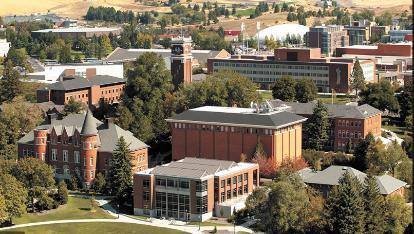
2002-2007 Instructor at the Free University of Bozen-Bolzano. Frutticoltura (Fruit Crops) (60 hours per year of lessons)

2000-2013 (January 1st, 2000 – June 30, 2013). Assistant Professor, Faculty of Agriculture, Department of Scienze Agrarie (DipSA), University of Bologna.

Stefano Musacchi©
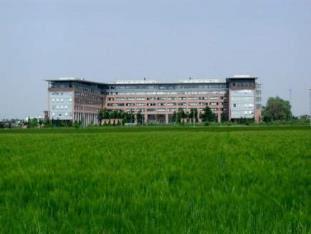
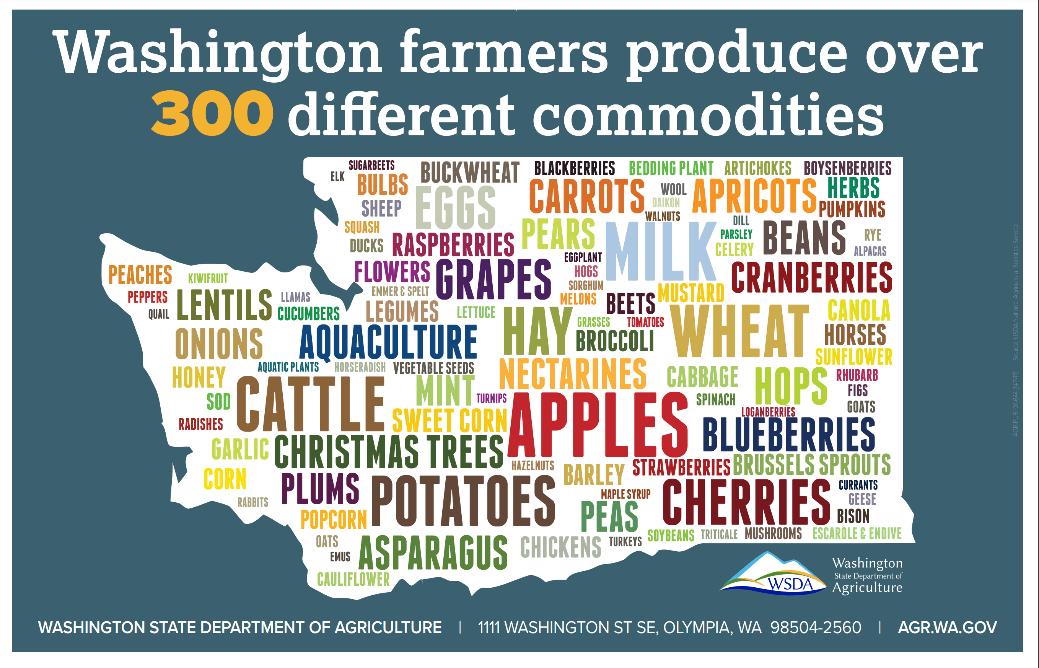
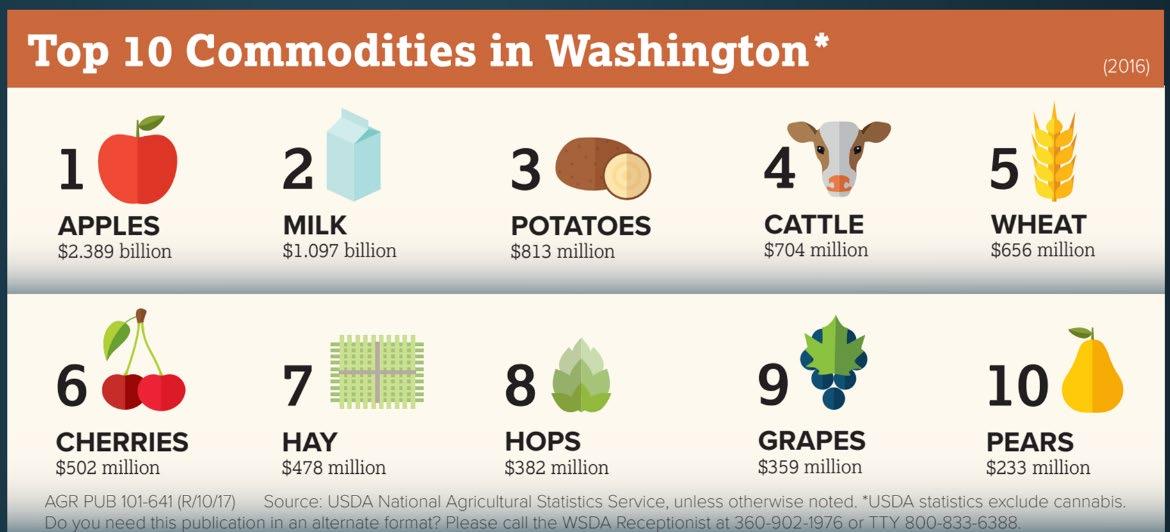
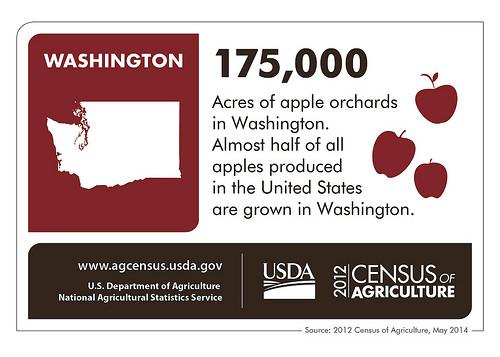
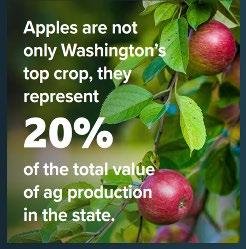
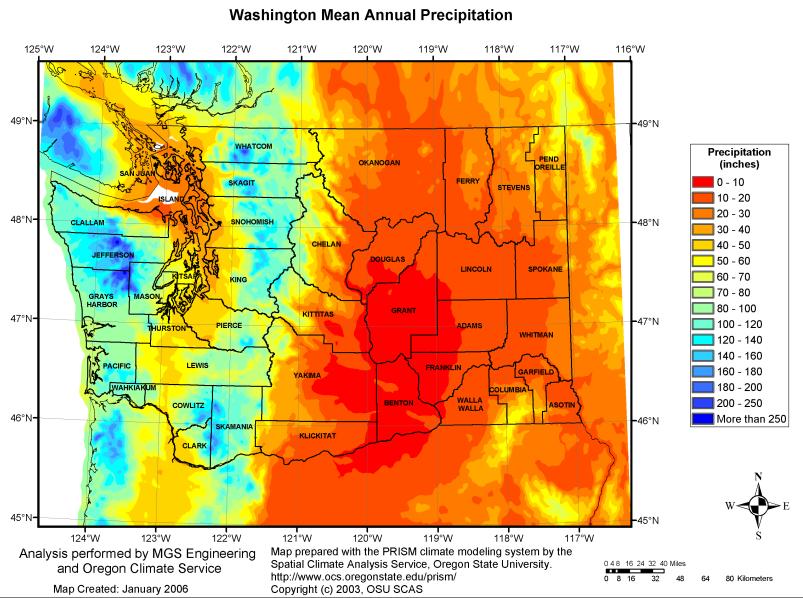

• In 1862, the United States Congress passed the first Morrill Act which provided for the establishment of a Land-Grant institution in each state to educate citizens in the fields of Agriculture, Home Economics, the Mechanic Arts, and other useful professions.
• This law allowed states to sell public lands and use the profits to establish one college—hence, land grant colleges—that would teach agriculture and the mechanical arts.
• A land-grant (or Extension) university is an institution that provides research-based programs and resources for residents within their state.
• There is at least one land-grant institution in every state and territory of the United States, as well as the District of Columbia.
• The original land-grant institutions founded as the result of the 1862 Morrill Act include such prominent names as: Cornell, MIT, Penn State, Rutgers, Ohio State, Texas A&M, West Virginia, and the University of California—four dozen of the largest and best public universities in America.
Stefano Musacchi©
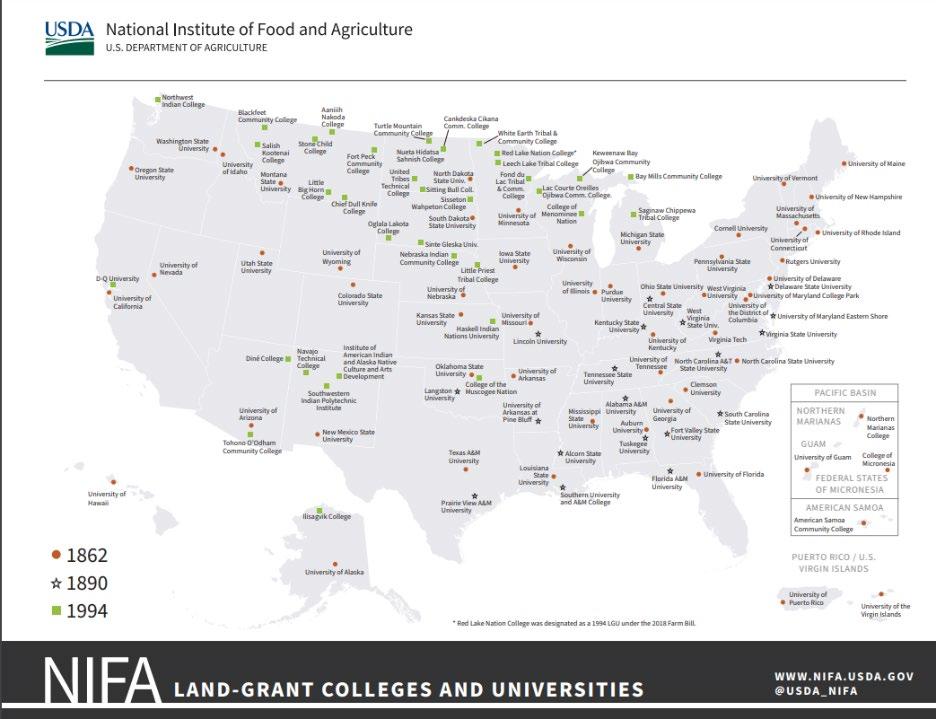 Stefano Musacchi©
Stefano Musacchi©
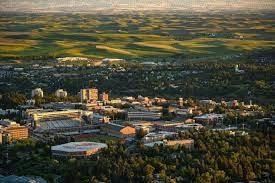
• Founded in 1890 (March 28, 1890; 132 years ago) and located in Pullman, Washington, Washington State University (WSU) is a public research university

• WSU offers program options for bachelor's, master's, professional and doctoral degrees in multiple fields of study
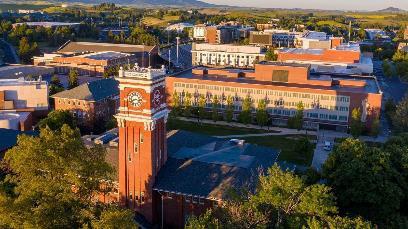
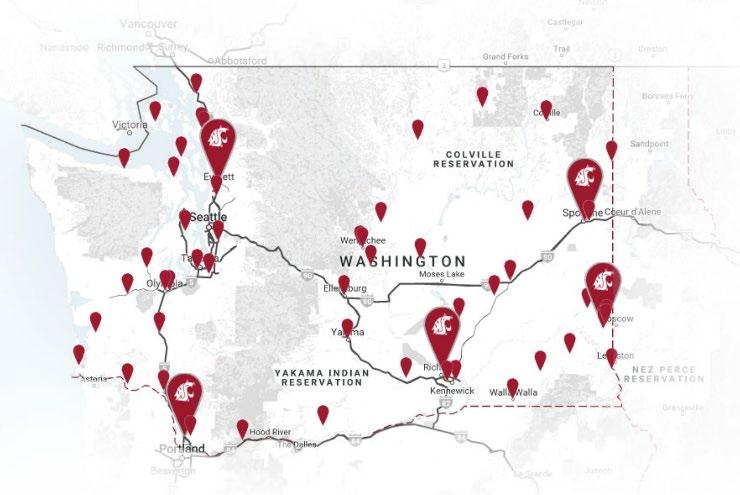
True to our land-grant mission, our programs and initiatives support students across the state and initiate relevant and responsive partnerships with the communities we serveStefano Musacchi©
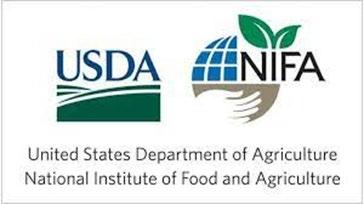
 National Science Foundation (NSF)
Stefano Musacchi©
National Science Foundation (NSF)
Stefano Musacchi©
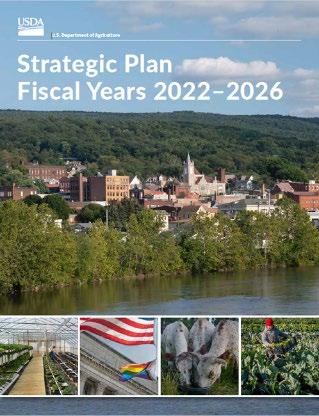
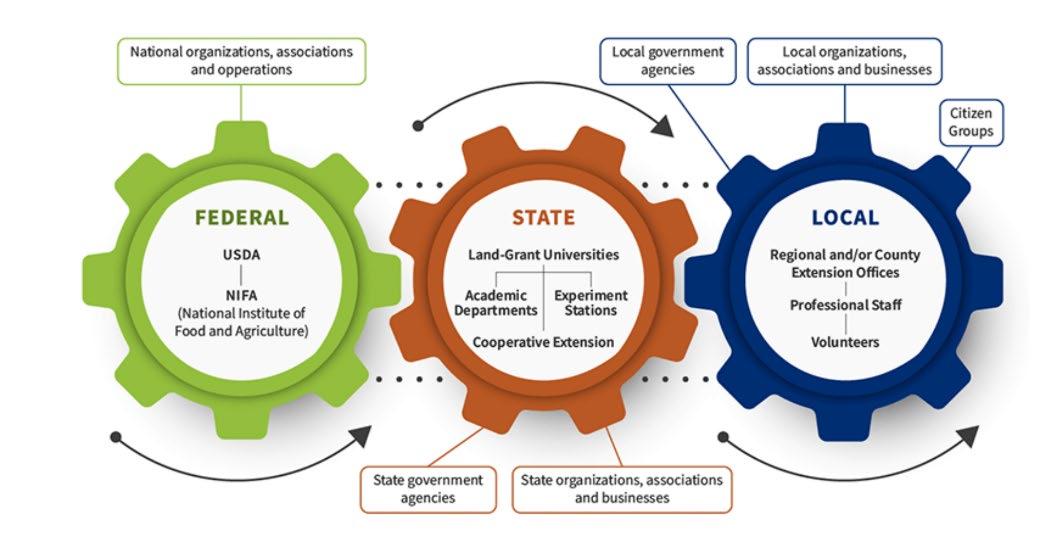
The Agricultural Research Service (ARS) is the U.S. Department of Agriculture's chief scientific in-house research agency.
• ARS’s job is finding solutions to agricultural problems that affect Americans every day from field to table.
• Here are a few numbers to illustrate the scope of the organization:
• 660 research projects within 15 National Programs • 2,000 scientists and post docs • 6,000 other employees • 90+ research locations, including overseas laboratories
• $1.5 billion fiscal year budget
Stefano Musacchi©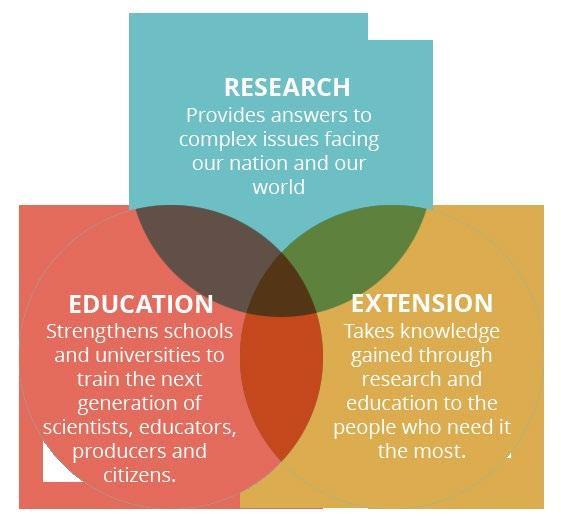
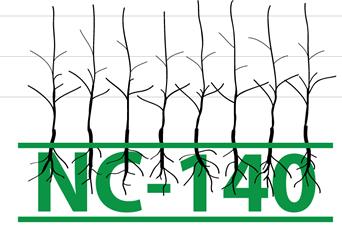
• The NC-140 Regional Research Project is designed to address a number of high-priority areas within the North Central Region as well as other parts of North America
Learn more about NC-140 at http://www.nc140.org/
• This project seeks to enhance economically and environmentally sustainable practices in temperate fruit production by focusing on rootstocks
• The project involves researchers from multiple states and is multidisciplinary
• Researchers involved in this project have leveraged Federal and State dollars to add significant resources to address this research area
• Lastly, outreach is integral to the project and includes electronic information transfer through web sites, written material for growers and other stakeholder groups, and numerous educational programs in individual states and at national and international grower and scientific meetings
Stefano Musacchi©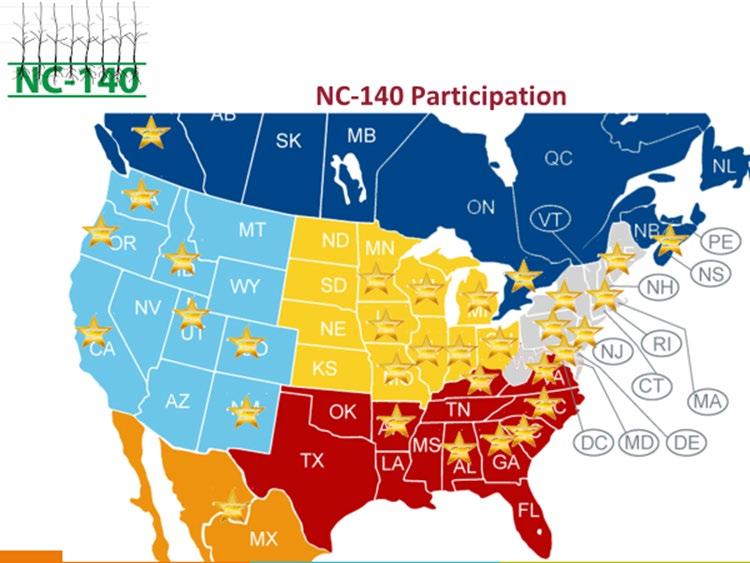
• Auburn University University of California, Davis, California Cooperative Extension Colorado State University , University of Guelph, Ontario, Canada, University of Idaho, University of Illinois, Iowa State University, University of Kentucky , University of Massachusetts, , University of Minnesota, University of Missouri, New Mexico State University, North Carolina State University, Ohio State University, Pennsylvania State University, Purdue University Utah State University, Virginia Polytechnic Institute and State University Washington State University, University of Wisconsin, Agriculture and Agri Food Canada, British Columbia, Canada, Agriculture and Agri food Canada, New Brunswick, Canada, Atlantic Food and Agric Center for Advanced Studies in Fruit Production, Instituto Nacional de Forestales Agricolas y National Institute of Forestry, Agriculture and Livestock Research), Mexico, USDA-ARS, USDA-ARS Plant Genetic Resources Unit
 Stefano Musacchi©
Stefano Musacchi©
• The intent of the Specialty Crop Research Initiative (SCRI) is to promote collaboration, open communication, the exchange of information, and the development of resources that accelerate application of scientific discovery and technology to solving needs of the various specialty crop industries
• Specialty crops are defined in law as fruits and vegetables, tree nuts, dried fruits, and horticulture and nursery crops, including floriculture
• SCRI will give priority to projects that are multistate, multi-institutional, or trans-disciplinary, and include explicit mechanisms to communicate results to producers and the public
• SCRI-funded projects are characterized by integration of research and extension activities and strong evidence of stakeholder involvement in project development
• Applicants to SCRI are strongly encouraged to propose a unique approach to solving problems facing the specialty crop industry using a systems approach
Stefano Musacchi©• Research in plant breeding, genetics, genomics, and other methods to improve crop characteristics. Projects that seek to create improved cultivars through the use of biotechnology must demonstrate an understanding of the regulatory requirements involved in their release and must also present a plan for addressing the regulatory issues
• Efforts to identify and address threats from pests and diseases, including threats to specialty crop pollinators
• Efforts to improve production efficiency, handling and processing, productivity, and profitability over the long term (including specialty crop policy and marketing)
• New innovations and technology, including improved mechanization and technologies that delay or inhibit ripening
• Methods to prevent, detect, monitor, control, and respond to potential food safety hazards in the production efficiency, handling and processing of specialty crops, including fresh produce
Stefano Musacchi©• ORG (~$4.0 M/year) was established by the 1998 Agricultural Research, Extension, and Education Reform Act (AREERA) and the first grants were awarded in 2001
• The ORG program supports the development and implementation of biologically-based management practices that mitigate the ecological, agronomic and economic risks associated with the transition from conventional to organic agricultural production systems
• The program addresses new and emerging problems for producers transitioning to organic production
• The program helps develop innovative management strategies to inform transition choices and improve soil health and other ecosystem services of organic agriculture. It also invests in the development of alternative strategies following the loss of critical tools, like the use of antibiotics for disease management in organic systems
• It is important to note that ORG eligibility is limited to colleges and universities, while OREI is open to almost any U.S. entity
Stefano Musacchi©• The Technical Assistance for Specialty Crops (TASC) program funds projects that address sanitary, phytosanitary, and technical barriers that prohibit or threaten the export of U.S. specialty crops
• Eligible crops include all cultivated plants and their products produced in the United States except wheat, feed grains, oilseeds, cotton, rice, peanuts, sugar, and tobacco
• Awards are for a maximum of $500,000 per year and for projects of up to five years
• The TASC program is intended to benefit an entire industry or commodity rather than a specific company or brand. U.S. non- profit, for-profit, and government entities are eligible to apply
Stefano Musacchi©• The Washington State Department of Agriculture (WSDA) has a competitive solicitation process to award USDA Specialty Crop Block Grant Program (SCBGP) funds for projects that enhance the competitiveness and increase demand for Washington’s specialty crops
• Specialty crops are defined by USDA as fruits, vegetables, tree nuts, dried fruits, horticulture, and nursery crops (including floriculture)
• WSDA anticipates receiving approximately $4.7 million (2023) to award to projects enhancing the competitiveness of Washington’s specialty crops
• Grant requests can range from $25,000 to $250,000
• The maximum grant period for each award is three (3) years
Stefano Musacchi©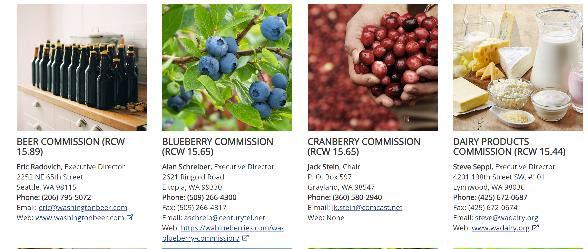
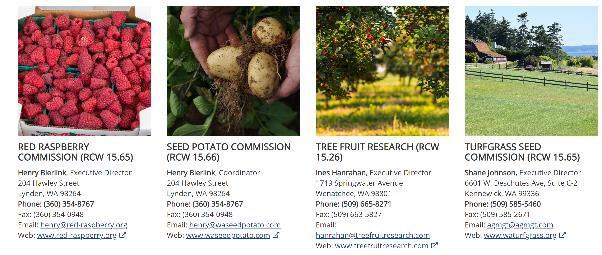
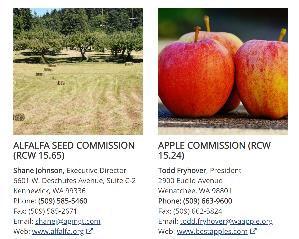
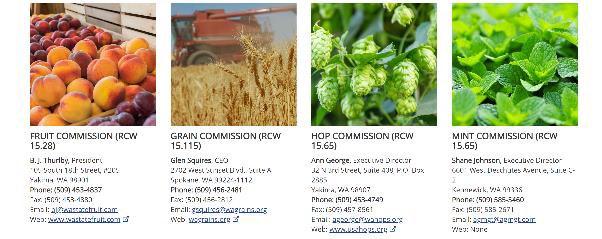
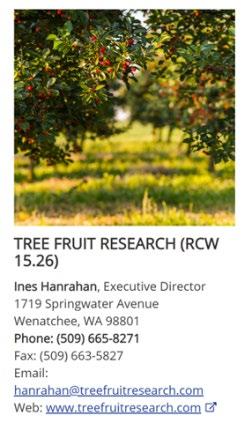
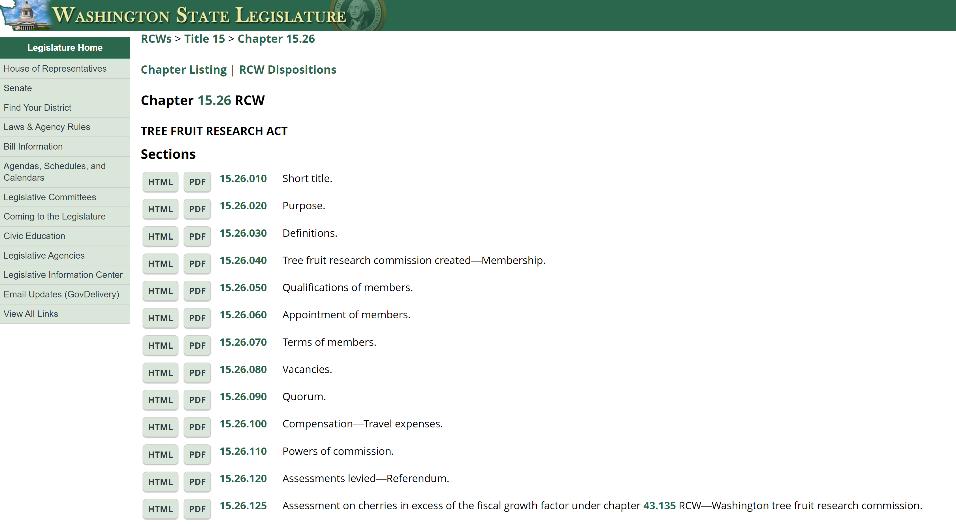
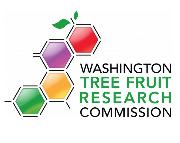
• In 2013, Washington state tree fruit growers finalized a promise for a $32 million endowment fund
• Developed in partnership with the Washington Tree Fruit Research Commission (WTFRC), the endowment was initiated through grower-voted assessments in the apple, pear, cherry, and stone fruit industries
• Endowment supports priority research projects, modern test orchards and equipment, outreach efforts, and personnel energizing WSU’s Tree Fruit Research and Extension Program
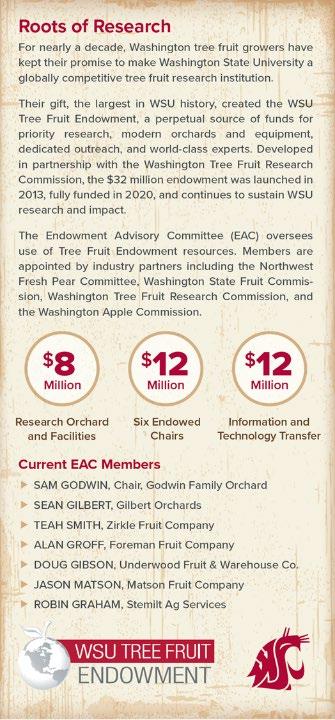

• Priorities are guided by the Tree Fruit Endowment Advisory Committee (EAC).
 Stefano Musacchi©
Stefano Musacchi©
• Interaction of rootstocks with rhizosphere x x x x
• Systems approach based on better understanding soil ecology and biology x x x x x
• Development of diagnostic tests with decision assist system x x x x x
• Conventional and organic systems x x x x x x x
• Clearer correlation between soil indices (mineral nutrition, soil ecology) and plant/fruit responses x x x x x
• Soil and rhizosphere ecology x x x
• Organic systems (including: managing organic soils and tree fruit production) x
• Water management (canopy development vs. cropping system support) x x
• Managing soils: how to measure, manage, and maintain soil fertility x x
• Water and nutrient management (balance tree growth and development to maximize cropping potential of premium fruit) x
• Develop practical, cost-effective management practices x x x x
• Focus on impact during both establishment and production x x x x x
• Provide better understanding of causal agents x x x x x
• Analyze rootstock host plant-pathogen-environment interaction x x x x x
• Improve Hazard Analysis Critical Control Point (HACCP) systems x x x x x
• Enhance product traceability x x x x x
• Overhead cooling system x x x
• Risk Assessment x x
• Sanitation, implementation and validation x
• Outreach efforts x
• Holistic approach to food safety and sanitation x x
• Patulin: develop updated whole supply chain best practices to manage patulin, with special focus on organic apples x x
• Survival of microbes on waxed fruit x
• Disinfection in orchard (i.e. spraying ozone, chlorine dioxide) x
• Organic approaches to packing line food safety x x x
• Cost-benefit analysis of food safety controls x
• Optimized sanitation protocols and decay pathogen reduction of orchards pre-harvest x x
• Develop guidelines for drenching and fogging to avoid bacterial and fungal growth x x Stefano Musacchi©
• Post-harvest Handling x
• Honeycrisp Storage x x
• Enhance postharvest decay control methods, both field and pack-house components. x x x
• Post-harvest physiology x x
• Postharvest decay control, both field and packinghouse components x x
• Next generation maturity indices as risk assessment tools to manage fruit quality and physiological disorder prevention x
• Understanding maturation patterns and storage potential based on in-season climate (examples: frozen fruit protocol, heat damage of fruit, dramatic temperature drops in season, abnormal maturation patterns) x x Stefano Musacchi©
• Sunburn x x
• Winterhardiness x
• Environmental stress and water relationships
• Fruit quality pre and postharvest x x x
• Systems approach to
• Climate science: understanding chilling requirements for apple trees
• Understanding the basis of fruit color development
• Develop a training program for postharvest water management strategies x
• Fruit maturity and storage management x
WA38 - COSMIC CRISP®
2013 2014 2015 2016 2017 2018 2019 2020 2021 2022
• WA 38 (Cosmic Crisp™): achieving sustainable production and consistent fruit quality x x
• Organic fruit storage (in conjunction with production and maturity management) WA 38 (COSMIC CRISP®) x x
• Determining the cause and developing management strategies to mitigate green spot in COSMIC CRISP® x x x
• Horticultural management: Develop SOP’s to achieve consistently high yields by ascertaining the development of fruiting wood on an annual basis, understanding fruit set/pollination/fertilization and rootstock interactions (including grafted trees) (highest priority for 2021) x x
• Greasiness: Develop practical solutions to mitigate the impact of greasiness on the ability to wax fruit, determine detailed protocols for use of ethylene action/synthesis inhibitors/promoters x x
• Determine detailed protocols for use of ethylene action/synthesis inhibitors/promoters x
Stefano Musacchi©•
• Return Bloom x
•
• Improve yield x x
• Physiological activity of chemical thinners x x x x x
• Improve application timing and techniques of chemical thinners x x x x x
• Improve robustness and versatility of mechanical thinning x x x x x
• Enhance uniform cropping x x x x x
•
• Utilization of genetic/genomic and other tools to understand the inherent mechanism that guide cropping system performance x x

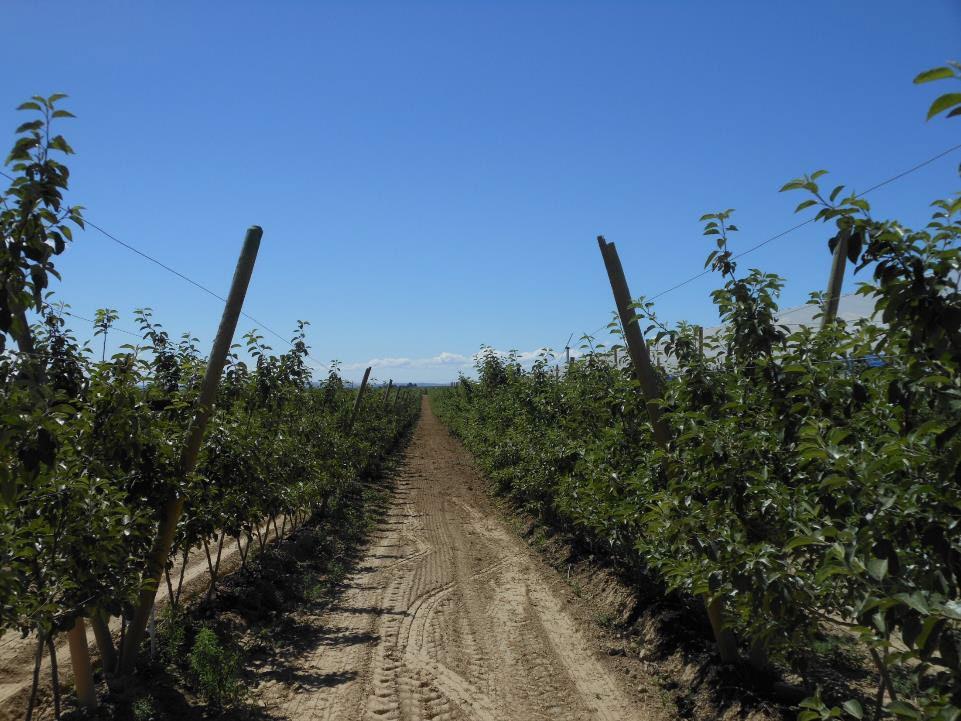

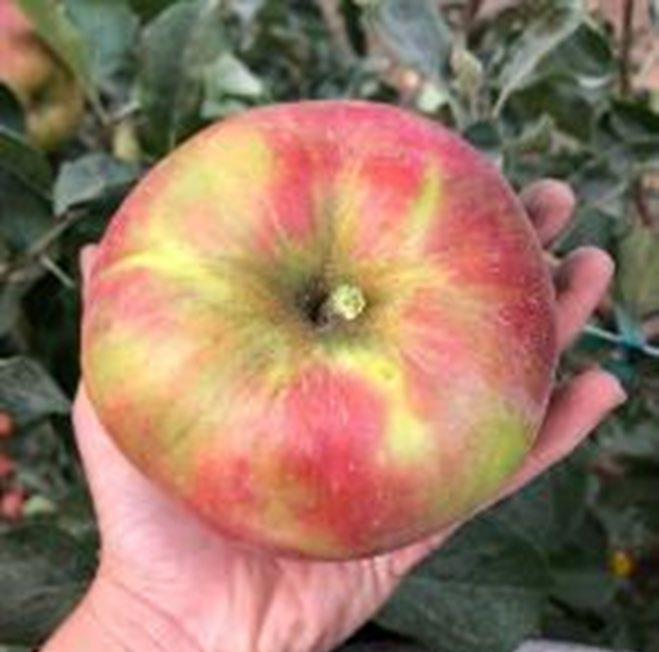
University of Idaho Utah State University
Plant Genetics Resources Unit, USDA-ARS, Geneva, NY
Plant Pathology Unit, USDA-ARS, Wenatchee, WA
Stefano Musacchi©
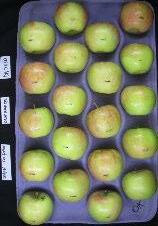
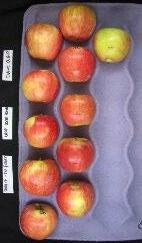
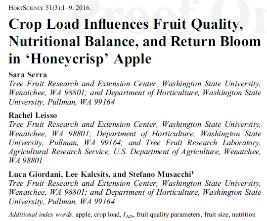


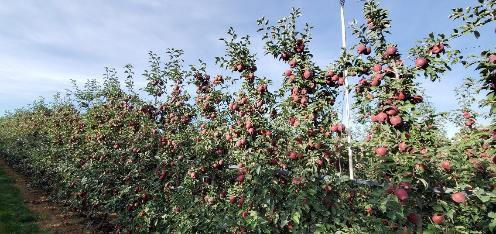
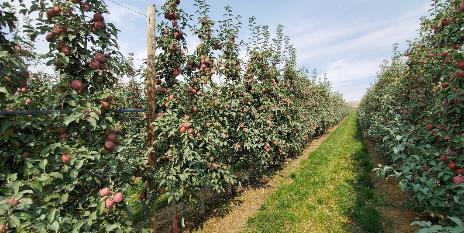
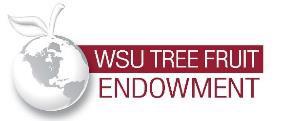

 Stefano Musacchi©
Stefano Musacchi©
• Define the optimum fruit number per tree based on physiological studies in several climates
• Team: Terence Robinson, Tom Kon, Todd Einhorn and Stefano Musacchi
Compare bud load and crop load in 4 climates (NY, MI, NC and WA) for 4 years with Gala and Honeycrisp
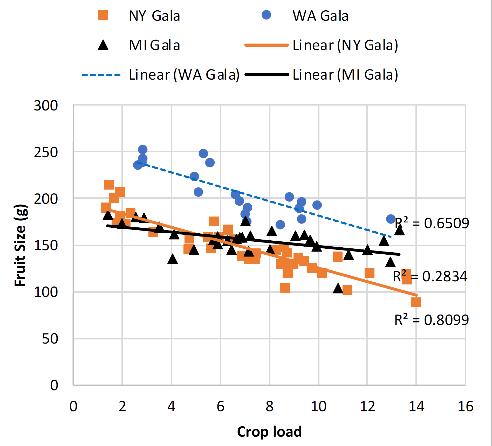
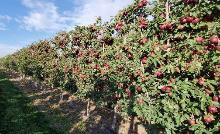
Evaluate the optimum bud load and optimum crop load from an economic perspective to develop target bud and crop loads for each region.
Develop targets for other varieties (NY1, WA38, Fuji, Maia)
Credit to Terence Robinson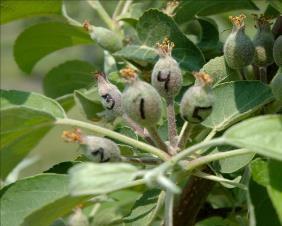
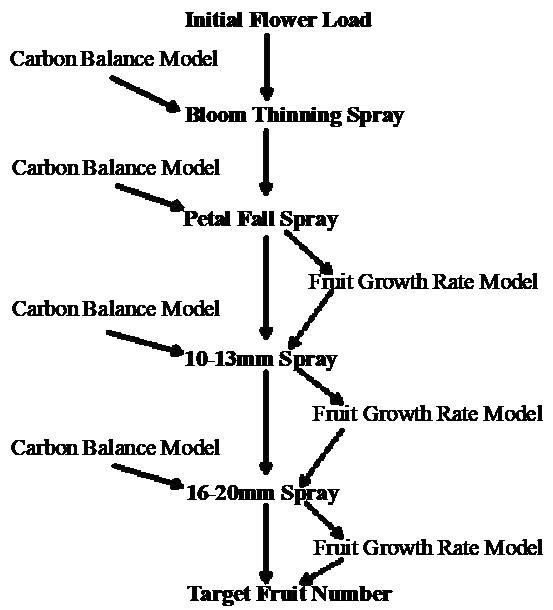
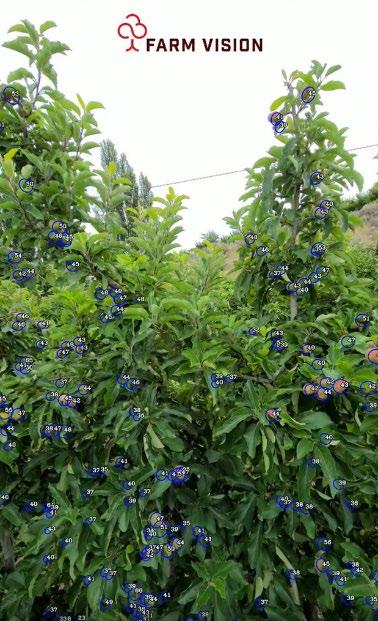
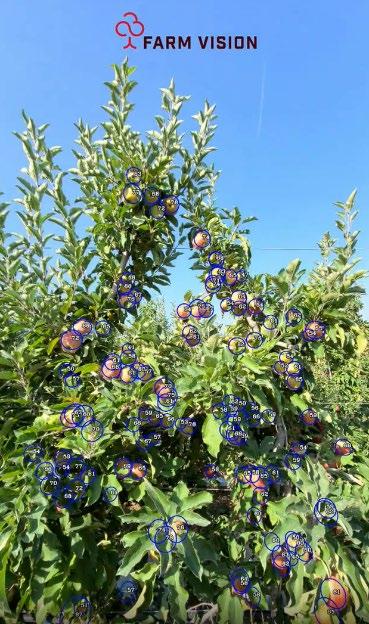
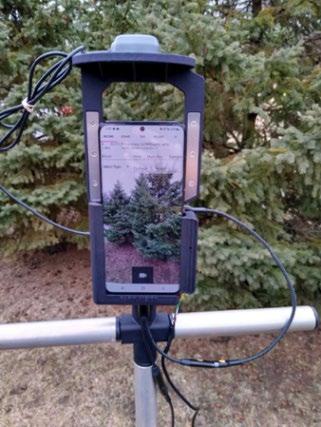
TASC 2: Early Detection and Mitigation of Major Quarantine Postharvest Pathogens of Apple and Pear in the Pacific Northwest (Crabapple replacement)
Stefano Musacchi, WSU, stefano.musacchi@wsu.edu
Mark Mazzola, USDA-ARS, mark.mazzola@ars.usda.gov


Parama Sikdar, WSU, parama_sikdar@wsu.edu

Karen M Lewis, WSU, kmlewis@wsu.edu
 Stefano Musacchi©
Stefano Musacchi©
United States
In 2008, the Plant Protection and Quarantine (PPQ) program of the United States Department of Agriculture Animal and Plant Health Inspection Service (USDAAPHIS) was contacted by China’s General Administration of Quality Supervision, Inspection, and Quarantine (AQSIQ) regarding the detection of postharvest decay pathogens on ‘Delicious’ apples imported from Washington State
Between 2008 and 2011, three different quarantine fungal species causing postharvest rots were detected on Washington State apples exported to China: Neofabraea perennans (Bull’s eye rot), Phacidiopycnis washingtonensis (Speck rot or “rubbery rot”), and Sphaeropsis pyriputrescens (Sphaeropsis rot)
Subsequently, in 2012, AQSIQ closed the Chinese market to apples imported from Washington State, resulting in tens of millions of dollars in lost export sales
Stefano Musacchi©• US Research is strongly linked to specific needs of the system
• Stakeholders are involved at different level in the project evaluation
• The funding system is based on the connection among growers, extensionists and scientists (Land Grant University model)
• Seed money is used to leverage large projects to provide a sustainable solution to the grower’s problem or fill up the gap of knowledge on a specific subject
• Stakeholders like the use of seed money and support application to large Federal grants writing letters of support
Stefano Musacchi©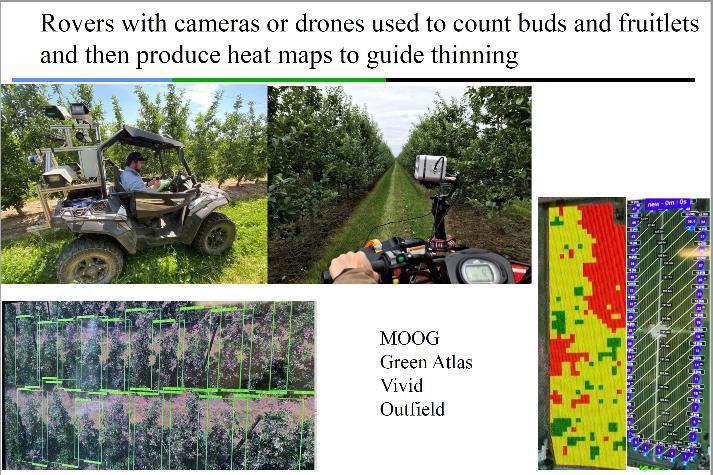
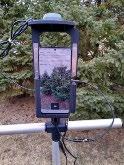
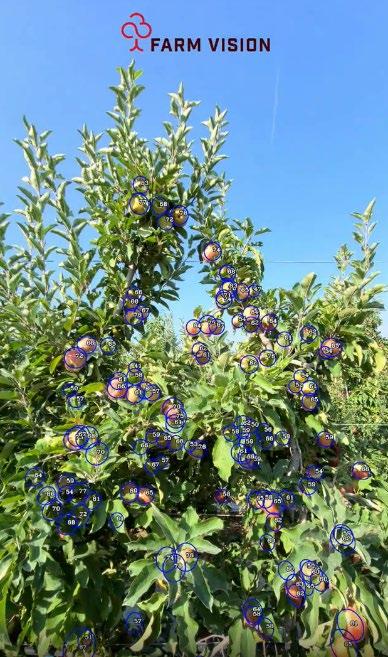 Credit to Terence Robinson
Credit to Terence Robinson
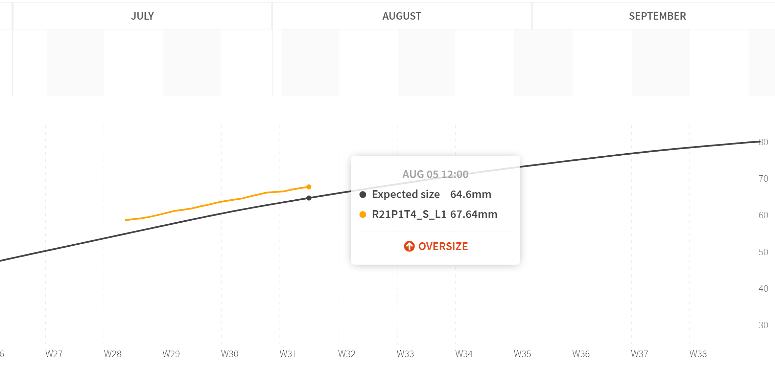
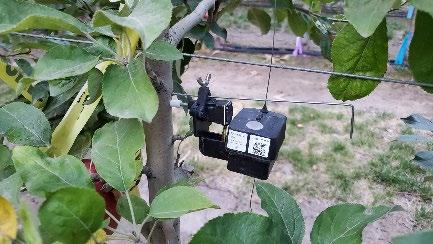
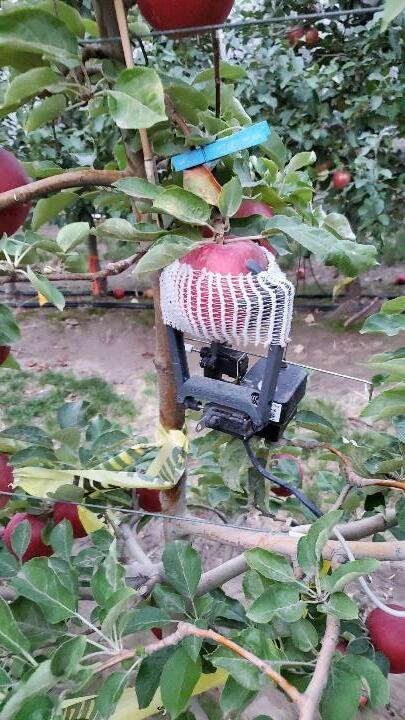 Stefano Musacchi©
Stefano Musacchi©
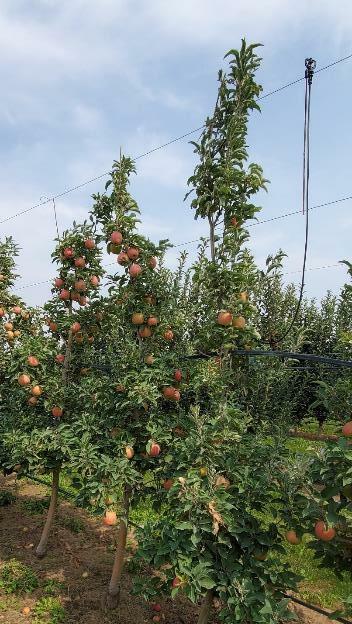
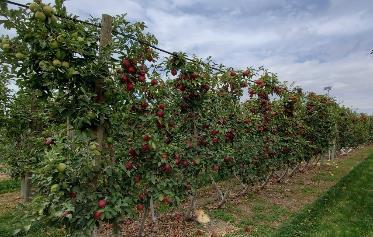
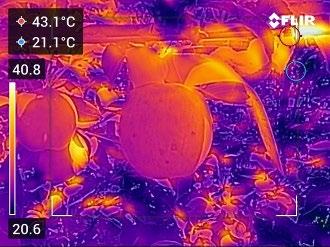
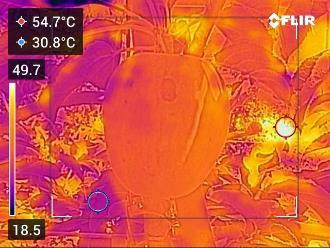 Stefano Musacchi©
Stefano Musacchi©
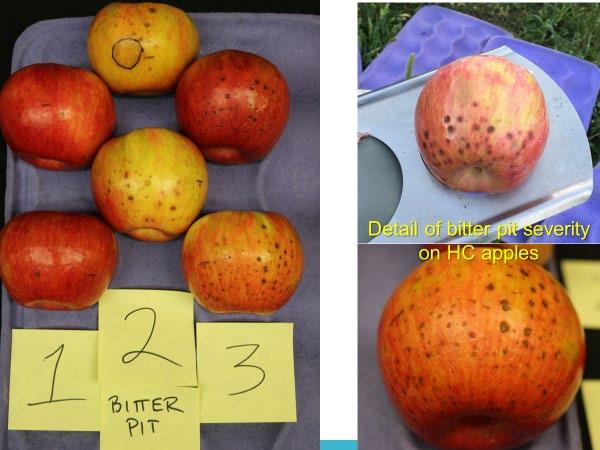 Honeycrisp:
Stefano Musacchi©
Honeycrisp:
Stefano Musacchi©

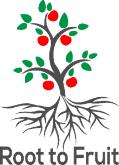

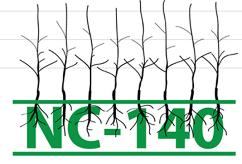

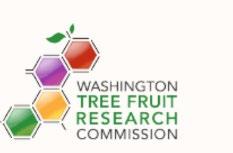

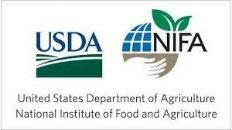
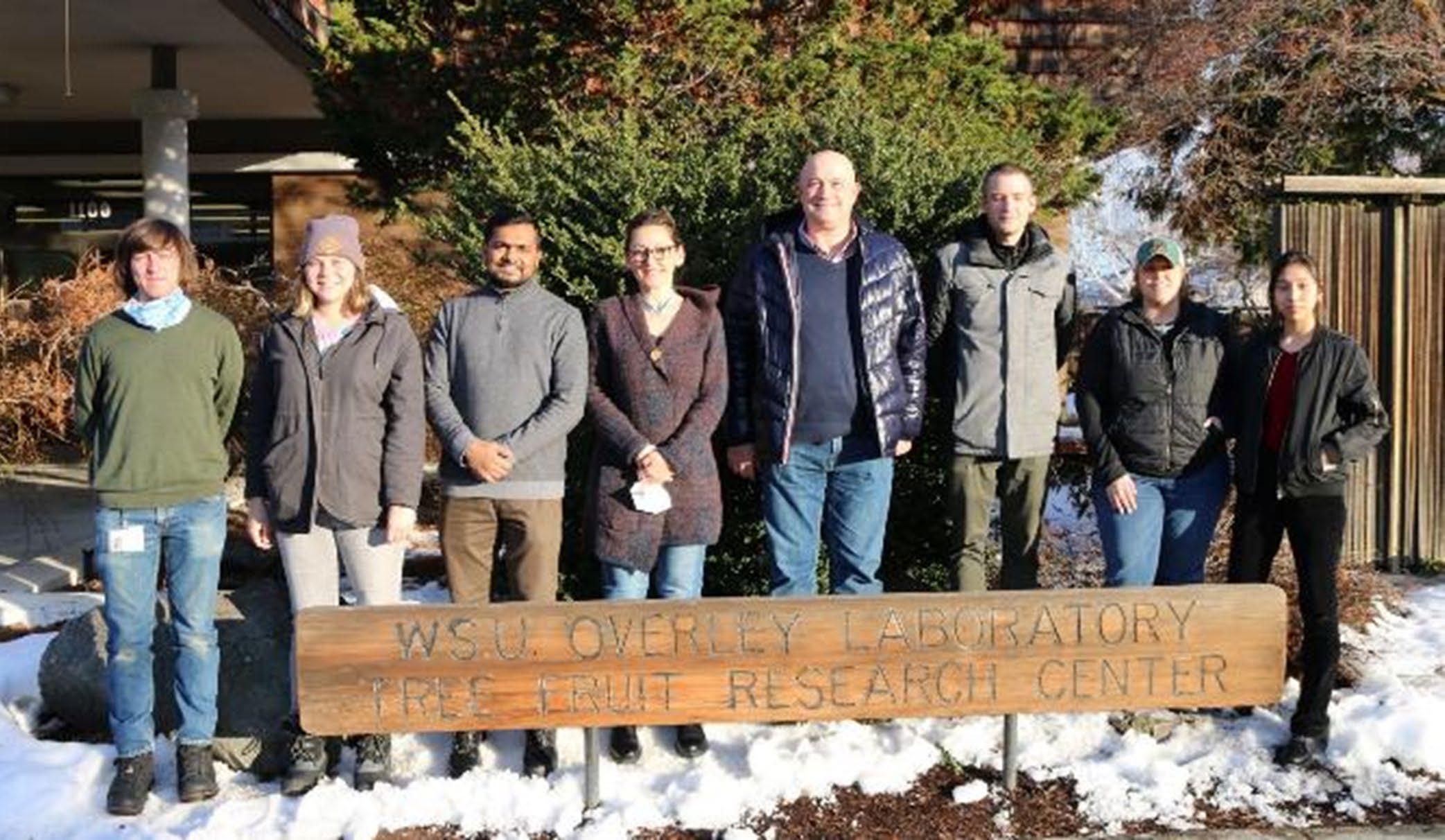

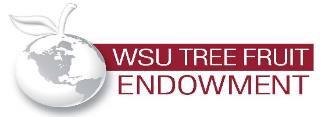 • Musacchi’s lab
• WSU Farm crew and all industry partners
Stefano Musacchi©
• Musacchi’s lab
• WSU Farm crew and all industry partners
Stefano Musacchi©